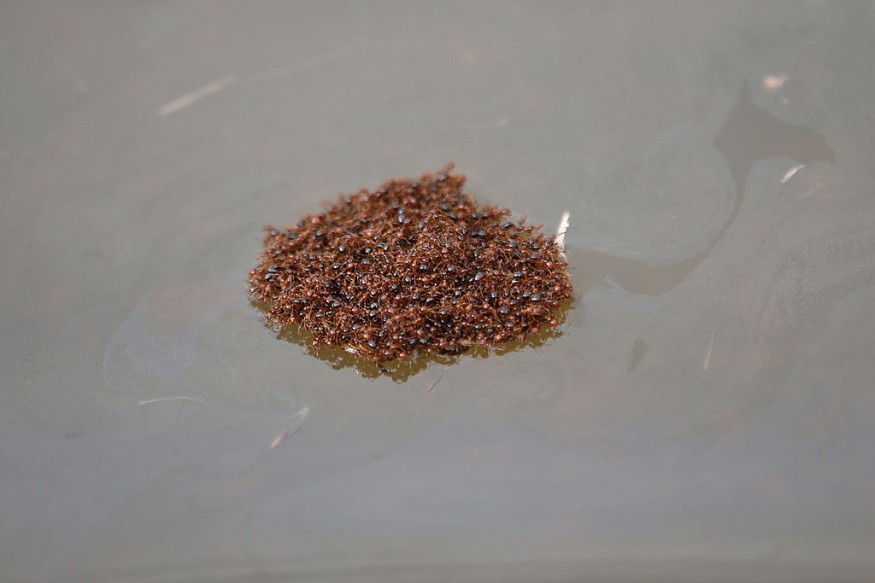
The days of the invasive crazy ant colonies across the Southeastern United States are numbered, and this isn't exactly bad news.
The tawny crazy ants (Nylanderia fulva) have met their match in the form of a murder, funguslike pathogen that uses spring-loaded harpoonlike barbs to pierce the ants' gut cells, LiveScience reported. According to scientists, the pathogens drive the invading ant 'supercolonies' to extinction. This South American species has increasingly caused pest problem and threat to local wildlife more generally in the U.S. for over the past two decades.
University of Texas at Austin's (UTA) Brackenridge Field Laboratory researchers recently identified in the journal Proceedings of the National Academy of Sciences the type of pathogen which causes populations of a globally significant invasive ant to collapse, and seemingly only targets tawny crazy ants.
Ant Invasion
Crazy ants ferociously battle with neighboring crazy ant colonies and build nests fast and easily one after another. These nests "spread like bacterial plaque across a landscape," said Edward LeBrun, lead author of the new study and a research scientist in UTA's Department of Integrative Biology. "Every meter there's a nest, and that's over many square kilometers. How many ants are there? Many, many, many millions," LeBrun said.
There have been scientific efforts to develop an effective biological control strategy for this ant invasion and even made progress on several fronts. Known to multiply quickly, the network of linked nests might lead to the ants' downfall through the spread of these lethal pathogens called the Myrmecomorba nylanderiae.
In 2015, a study published in the journal ScienceDirect described the microsporidian genus and species as heterosporous, and widespread arthropod parasites, according to the authors.
It was later found that the ants infected exhibited enlarged abdomen stuffed with white, fatty tissue, which happens when a microsporidia infection turns an ant into a spore factory, LeBrun explained. The study reported the presence of 3 spore types with infections found in all stages of host development and reproductive castes. This documented the first pathogen infecting N. fulva of "considerable economic and ecological consequence."
The Annihilation
For nearly a decade, researchers observed and tested the effects of the fungus by sending infected ants into uninfected crazy ant nests in Estero Llano Grande State Park in Weslaco, Texas. After two years of introducing the pathogen into the park, the "apocalyptic" crazy ant infestation had "dwindled away into nothing."
LeBrun said that the fungus lethally shortens the life spans of infected workers by about 23%, slashing the colony's workforce. In addition, transmission of the infection is easy provided that the ants go in swarms. As a result, the number of young that would develop into workers had reduced and the next generation, short-lived. There would be fewer workers every new egg-producing season, and it's only a matter of time before the colony's decline would lead to eventual demise.
While it remains unknown where the fungus came from, scientists assume they either originated with crazy ants in South America, or it was first encountered in the U.S. To their surprise, it seems to spare ant species native to the Gulf Coast and other arthropods.
Related article : 30-Million-Year-Old Fossil Bug in Baltic Amber Reveals Mantis-Like Characteristics
© 2025 NatureWorldNews.com All rights reserved. Do not reproduce without permission.





